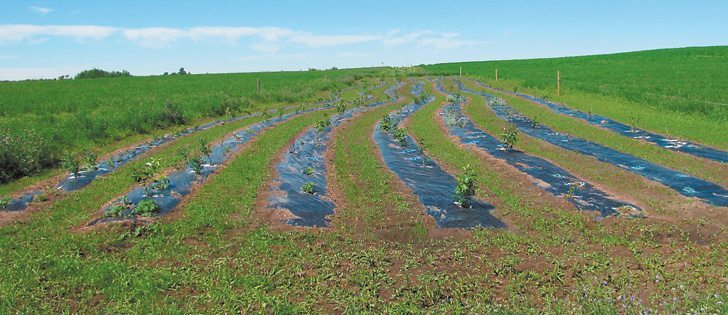Disease would close borders | The U.S.’s growing reliance on pork exports increases potential damage
DES MOINES, Iowa — Imagine losing all pork and beef export markets overnight.
Domestic prices would fall to near-zero immediately. Over the course of a year, prices would average just 50 percent of what they were previously.
Over four years, 30 percent of hog farmers would need to quit the business before the industry reached a sustainable size.
It would be at least 10 years before the country could export again.
That’s the frightening scenario sketched by Iowa State University agricultural economist Dermot Hayes, showing what would happen to the U.S. industry if foot-and-mouth disease broke out in the United States.
Read Also

Europe holds promise for Canadian lentils
Pulse Canada is trying to help boost lentil consumption in Europe, which is already the fourth largest market.
“It would be worse for you in Canada,” Hayes said in an interview after a presentation at the World Pork Expo in Des Moines, Iowa.
Canada relies far more upon export markets than the U.S. because of its smaller population.
Hayes described his scenario as “extreme,” and said it is based on FMD appearing in wild populations of deer or pigs rather than in the farming system.
However, it’s something farmers, veterinary authorities and governments need to take seriously and plan to deal with because FMD has struck many countries.
However, unlike the United Kingdom, Ireland, Taiwan or Japan, the U.S. is not a small island that can be locked down and cleaned out. FMD could be around for a long time if it got into the wild population.
Hayes’ cost assessment is based on all foreign countries banning the import of U.S. pork, the standard reaction when a supplier country discovers the disease.
More than one-quarter of U.S. pork was exported in 2011, so the U.S. is more vulnerable to an export disruption than it was just a few years ago, when it was a net pork importer.
The U.S. domestic market would be flooded with pork if export sales were suddenly shut off. Prices would collapse immediately and farmers would have to ship and sell their market hogs regardless of the price because they wouldn’t have the facilities to hang onto excess hogs.
It would take many months for hog production to fall, so prices over the course of the first year after an FMD outbreak would probably average 50 percent of pre-outbreak levels.
Low prices would linger for years until enough farmers quit the business so that domestic production matched U.S. domestic consumption.
That would likely take about four years and cause 30 percent of production to disappear.
The impact would also hurt the beef industry, but would be felt further than that.
Grain farmers would suffer as feed grain demand fell sharply, with average corn prices falling 20 cents per bushel and soybean prices falling 60 cents per bu.
Lost jobs would be 58,000 directly and 153,000 in total.
“That’s bigger than General Motors,” said Hayes.
Foot-and-mouth would be difficult to control once it got into the modern livestock industry.
Iowa State University food security expert James Roth said pig flow is much different than in 1929, when the U.S. last suffered an outbreak.
On an average day, 625,000 pigs are on trucks on U.S. roads.
“With the very extensive movement we have … it’s going to be very hard to stamp out,” said Roth.















